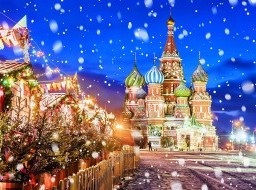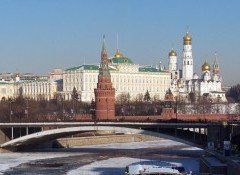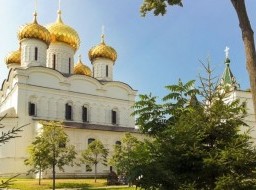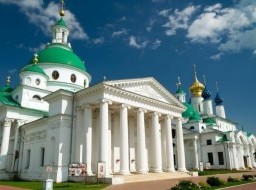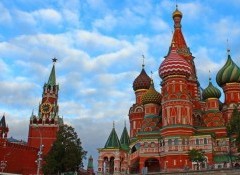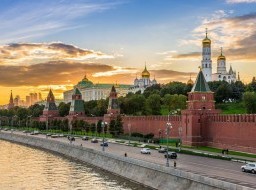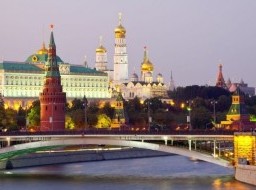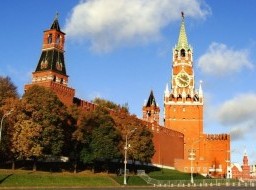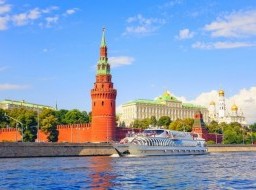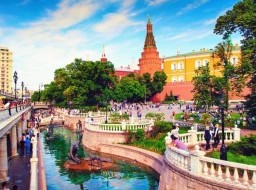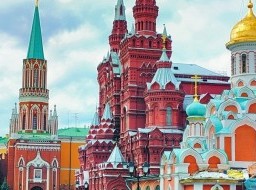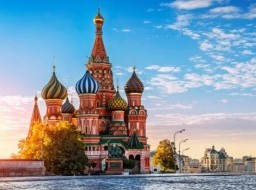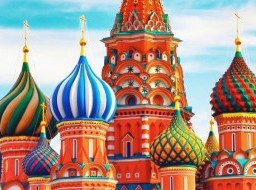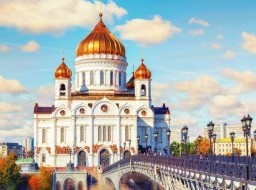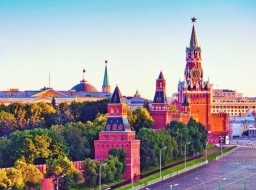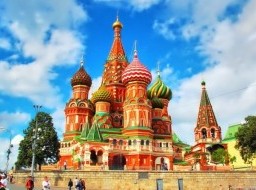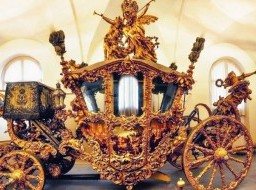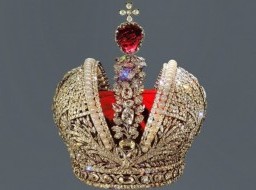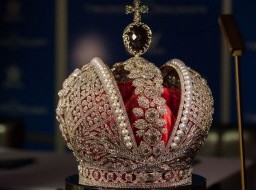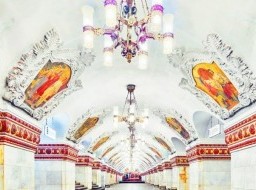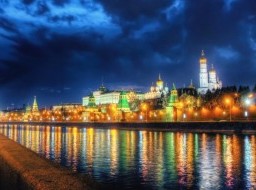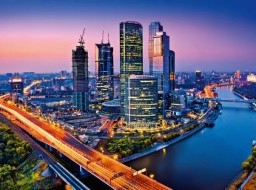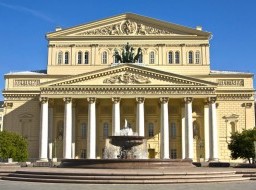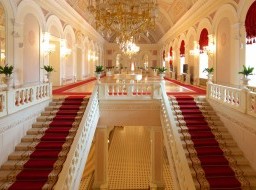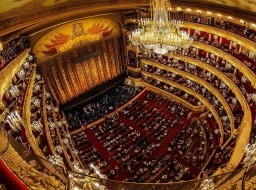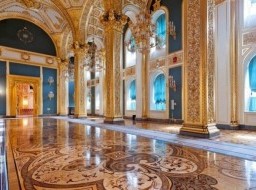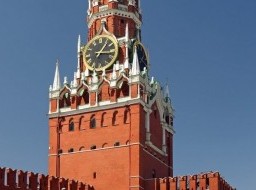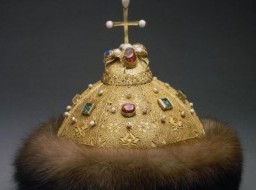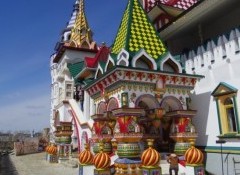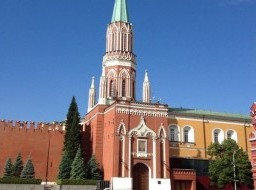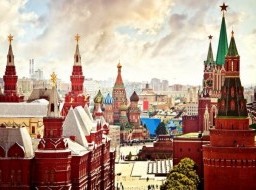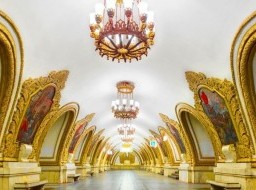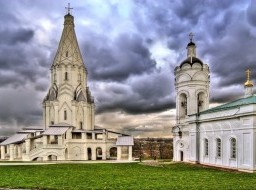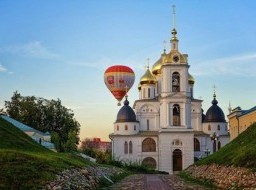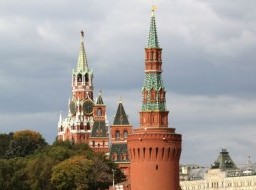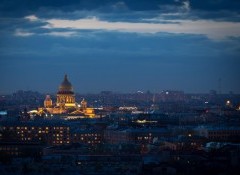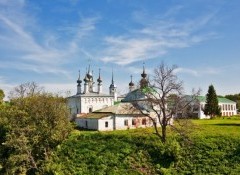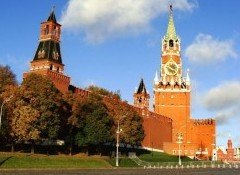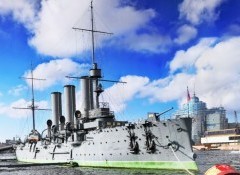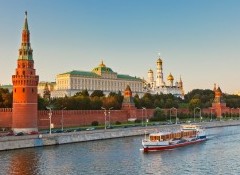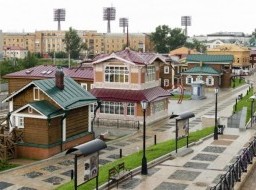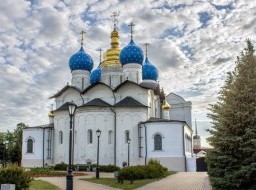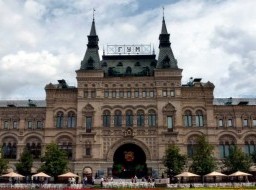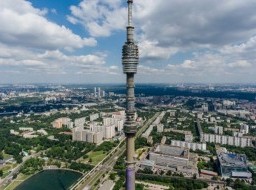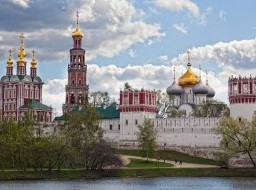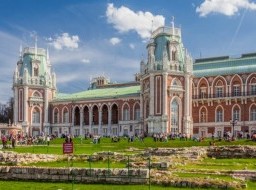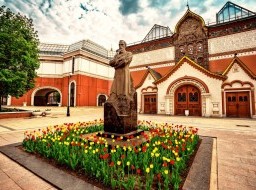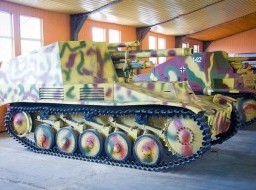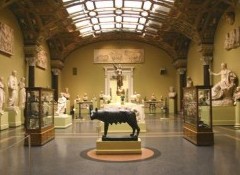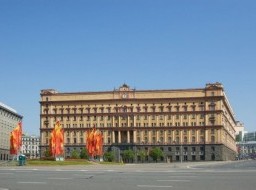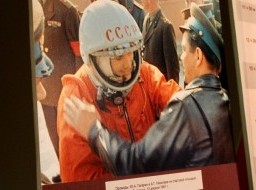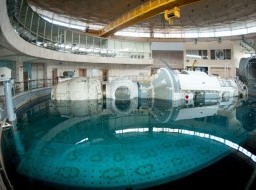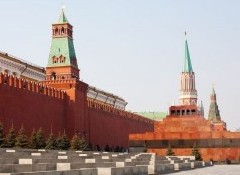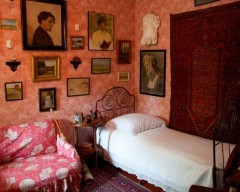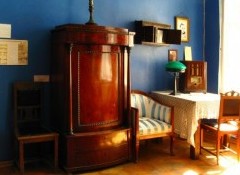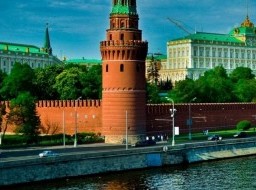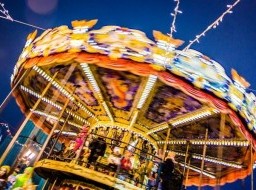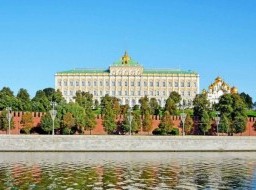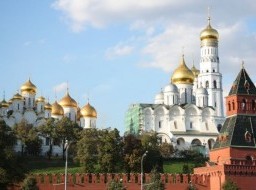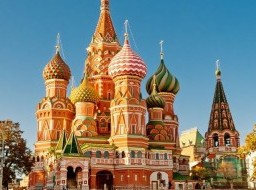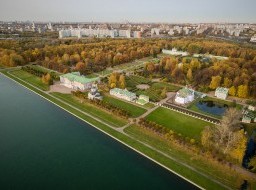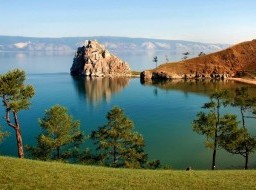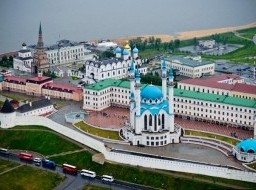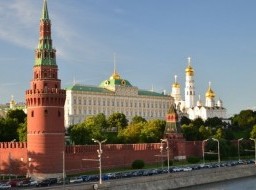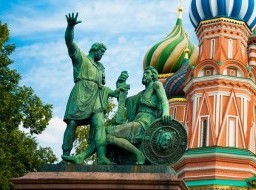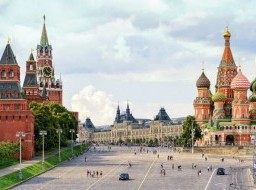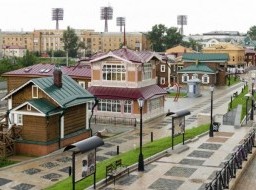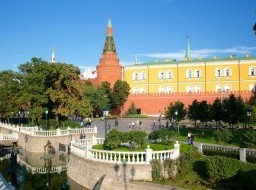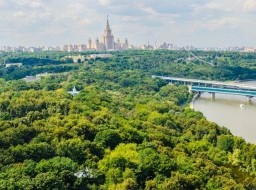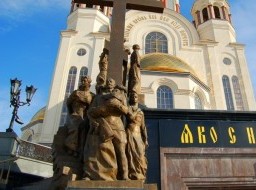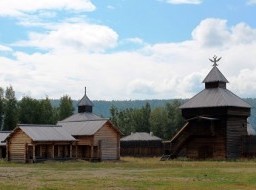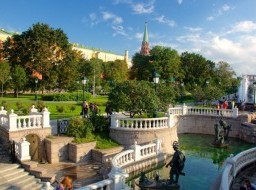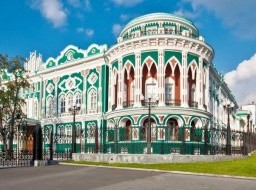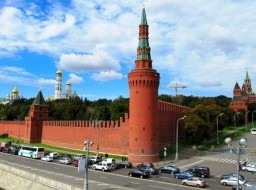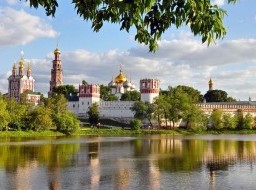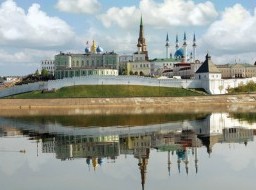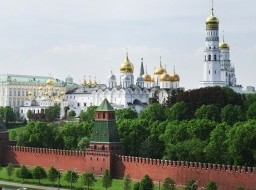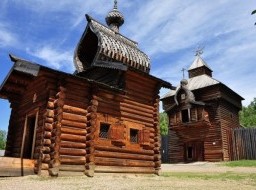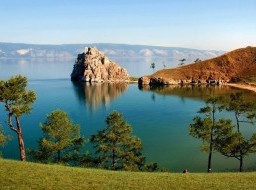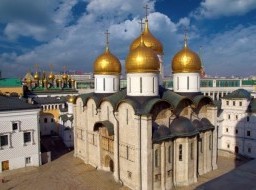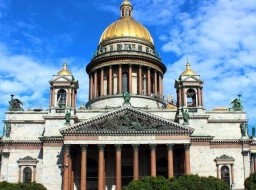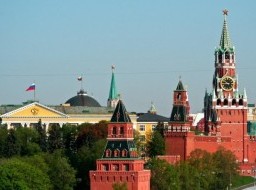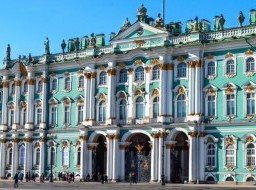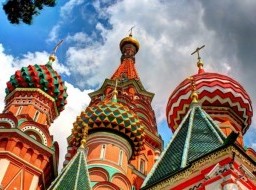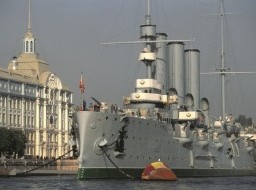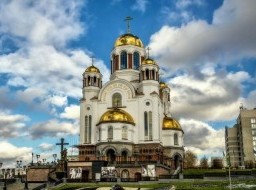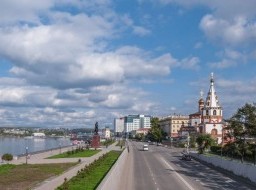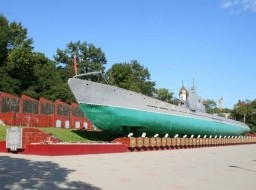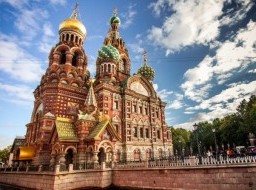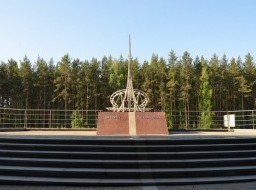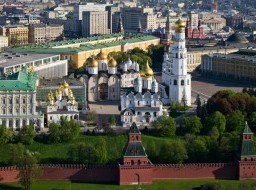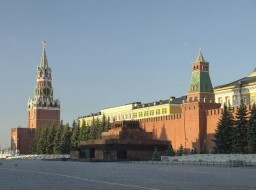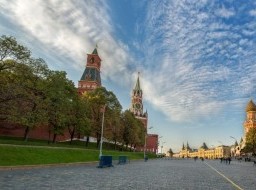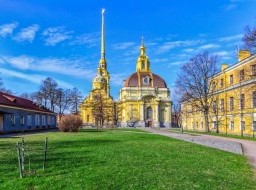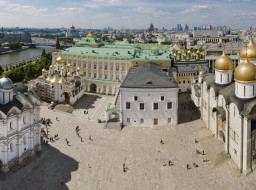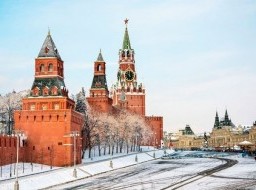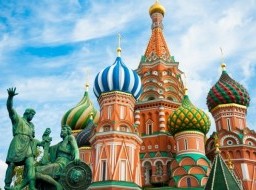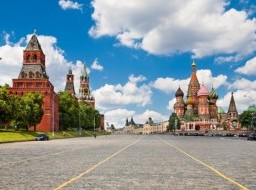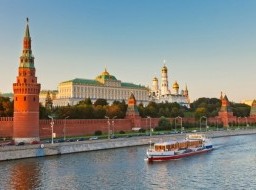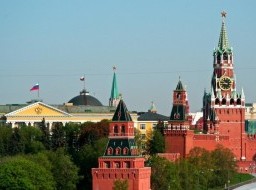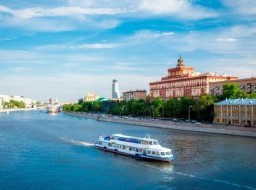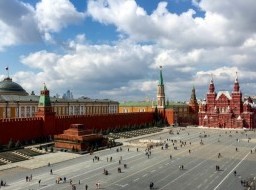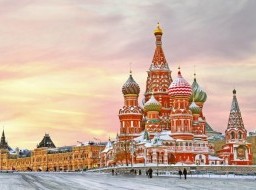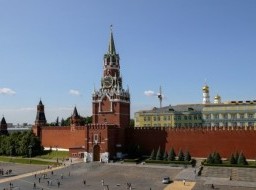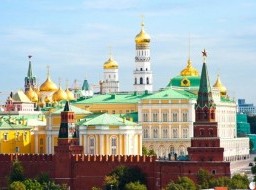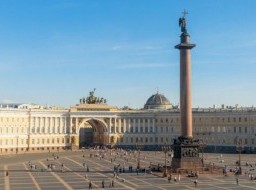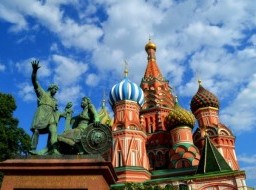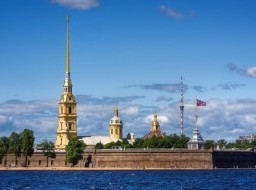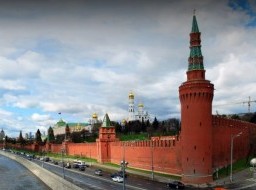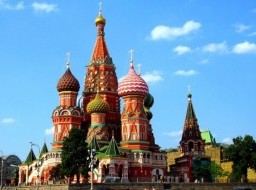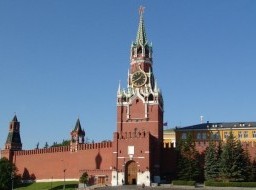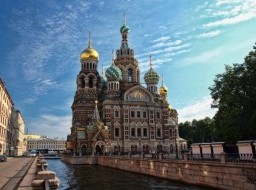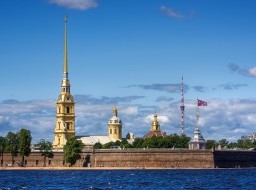St. Basil's Cathedral
The St. Basil’s Cathedral Moscow just that this fascinating church at the heart of Moscow, is an exemplary work of art, which touchingly and glamorously traces back the history of Russia in an encompassing and solemn manner, that no other tourist attraction can ever surpass. It is an interesting milestone and a great leaping step towards world tourism and the interesting pieces of history in its courageous, attractive and worth reading wholeness; as a religious sanctuary before and now, as a national museum. A traveler will be inspired to discover how this breathtaking tourist attraction in Russia was established through the employment of creativity and a literally genius mind, to come up with a brilliant idea of interconnecting chapels, far beyond the styles of the western places of worships. The architectural approach is very surreal in nature. Therefore, it turns out to be an extraordinary tourist attraction of Russia. In general, this tourist spot in Russia is highly recommended for travelers of all ages who are always eager to know the real story behind the dramatic and the most engaging tourist spot in the face of Moscow. At the southern end of Red Square stands the icon of Russia: St Basil's Cathedral. This crazy confusion of colours, patterns and shapes is the culmination of a style that is unique to Russian architecture. In 1552 Ivan the Terrible captured the Tatar stronghold of Kazan on the Feast of Intercession. He commissioned this landmark church, officially the Intercession Cathedral, to commemorate the victory. Created from 1555 to 1561, this masterpiece would become the ultimate symbol of Russia. St. Basil's Cathedral is one of the most famous works of architecture in Moscow. There are scores of legends. Nothing is known about the builders, Barma and Postnik Yakovlev, except their names and the dubious legend that Ivan had them blinded so that they could not create anything to compare. Historians unanimously state that this is nothing but urban folklore. The cathedral's apparent anarchy of shapes hides a comprehensible plan of nine main chapels. The tall, tent-roofed tower in the centre houses the namesake Church of the Protecting Veil of the Mother of God. The four biggest domes top four octagonal-towered chapels: the Church of Sts Cyprian & Justina, Church of the Holy Trinity, Church of the Icon of St Nicholas the Miracle Worker, and the Church of the Entry of the Lord into Jerusalem. Finally, there are four smaller chapels in between. Each chapel was consecrated in honour of an event or battle in the struggle against Kazan. Architectural specialists are to this day unable to agree about the governing idea behind the structure. Either the creators were paying homage to the churches of Jerusalem, or, by building eight churches around a central ninth, they were representing the medieval symbol of the eight-pointed star. The original concept of the Cathedral of the Intercession has been hidden from us beneath layers of stylistic additions and new churches added to the main building. In fact, when built, the Cathedral was all white to match the white-stone Kremlin, and the onion domes were gold rather than multi-colored and patterned as they are today. St Basil's Cathedral, also called Pokrovsky Cathedral or The Cathedral of Intercession of the Virgin by the Moat, is the most recognizable Russian building. This Cathedral is to the Russians what the Eiffel Tower is to the French, an honorable symbol of their past, present, and future. Initially the Cathedral was wooden, but during the reign of Catherine II it acquired its present stone facade, covered in swirling colors and noticeable designs. When the Bolsheviks came to power the Cathedral was closed, the bells melted, and its arch-priest killed. In spite of the troubles that always seemed to surround it, St. Basil’s has remained the symbol of the Russian Orthodox Church, spirituality, and patriotism. Another time the Cathedral fell under threat was when Stalin decided that it was an obstacle to his military parades. The demolition plan was prepared but the architect threatened that if the Cathedral was ruined, he would cut his throat on its steps. Miraculously, Stalin changed his mind, and the brave architect Piotr Baranovsky was granted a couple of years in prison for saving St. Basil’s. Walking inside this atmospheric place, you will see why it earned such devotion. There are more than 400 icons from the 14th to 19th centuries painted by the most famous Novgorod and Moscow icon painting schools. The narrow pathway leads you from one church to another to a wooden spiral staircase hidden in a wall (it was found only in 1970 during the restoration works). This all contributes to the medieval aura and mystical spirituality that gives you a quintessential ancient Russian experience. |
|
